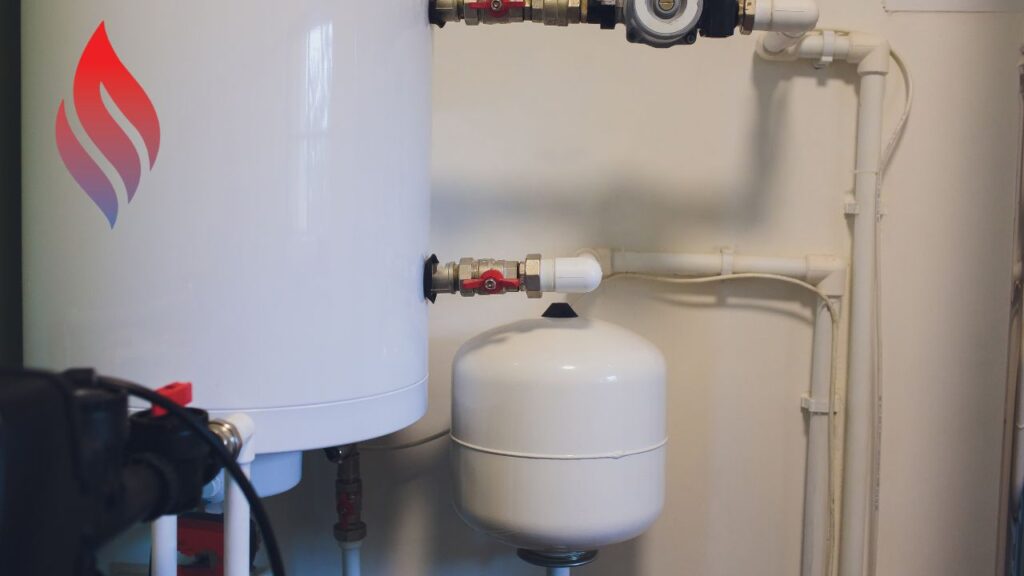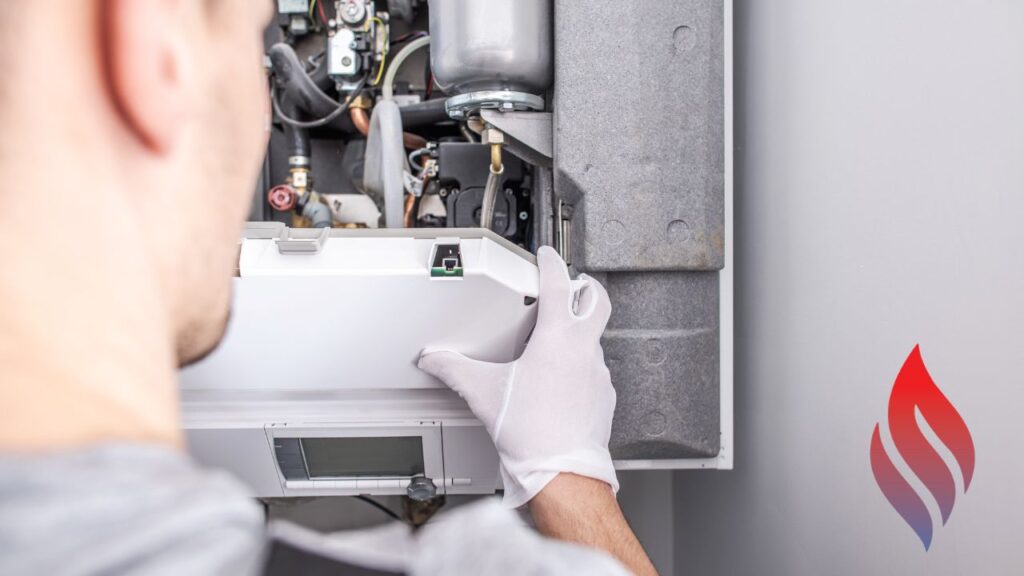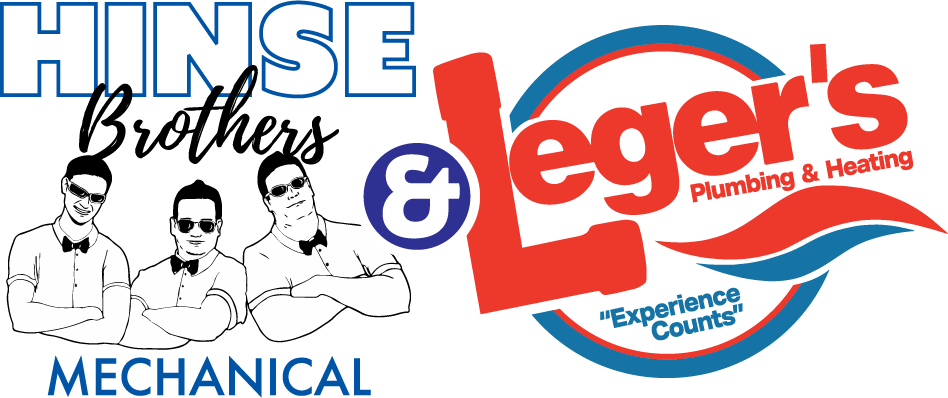Air Conditioner Sherwood Park | Types of Furnace Systems and their Components
Knowledge is power they say. However, you don’t need to know everything about a particular subject but just enough to know the basics. From there you can learn from experts. If you are interested in a topic, you will probably dive deeper into the subject. Usually, you are looking for information when you’re troubleshooting how to fix something. Therefore, so many of us go to the internet, to find answers.

Maybe you stumbled on this article because you are having problems with your furnace systems. From there you found these top inquiries and answers about Furnace Systems. It is advantageous to understand something you have in your home, for general knowledge but more importantly for when there are issues, and you are not sure what to do. If in doubt about anything related to your furnace, please call the experts at HinseMechanical.com to get a diagnosis or some preliminary advice. We are more than happy to give you information as well as come to your home to give you a quote.
There are many things in a furnace system that make it work. The thermostat is the most obvious piece of equipment attached that you probably pay attention to daily. It is highly visible and adjusted constantly. This is what measures the temperature of the air in your home. It can be a button or dial that moves the temperature up or down. There are programmable and non-programmable thermostats. The remarkable thing about technology is that it has advanced way beyond the typical old-fashioned thermostat. Smart thermostats are a normal feature of a furnace system nowadays. You can program it and change the settings when not even in your home.
When you call for heat this is when the furnace burners kick into action. This component of the furnace takes the air and mixes it with fuel to burn it. The by-product is hot air. From there the heat is distributed throughout the home by the duct work to the vents where it is blasted into the space. This seems like an important time to tell you that most or all your vents should be open or uncovered to allow for good airflow.
Most Well-known Furnace systems components
This brings us to two other components of the furnace, the ducts, and vents. I think most of us have seen ductwork either in our own home, on tv or in a commercial space. This metal squared and rounded tubing runs throughout the space hidden in the ceilings and walls. Sometimes it is even left exposed as an aesthetic or design feature. As mentioned earlier the heated air is distributed through the ducts. These ducts must be sealed correctly, or you will have leakage and energy will be wasted. Naturally, you would suspect that the home will not be heated well, and the furnace systems will have to run longer causing the heating costs to rise.
Vents are another visible part of your furnace system. These are connected to the ends of the ducts, and this is where the heat is blasted into the living space. Its important to not close too many of these as it can affect the airflow whether hot or cold. This in turn will make your furnace work harder to get to the desired temperature. Air flow is the number one cause of issues in the HVAC system. Be sure not to cover them with furniture either.
Another vital component to your furnace system is the air filter. We have gone into much detail in previous articles about the importance of changing your furnace air filter regularly. This simple component of the furnace catches all the debris and allergens that come back through the return duct. The goal should be to change it out quarterly, but it also depends on how thick it is.
The good thing about this element of the furnace is that it is relatively simple and cheap to do. Clogged air filters can affect the airflow and quality of air being forced into the home in a negative way. Without an air filter, dust, bacteria, and dirt gets circulated into the home along with the cool or hot air. If the filter is clogged it blocks the air flow altogether and that makes your furnace work harder and gives a less than ideal output.
Differences between furnace systems
There are different varieties of furnaces that can be categorized into four types. They are natural gas, oil, electric and propane. In Alberta, the prominent ones based on the experts are natural gas and electric because of the cold climates. Natural gas furnaces are the most fuel efficient of the bunch. Gas as a fuel to heat the home is competitively priced making this a great option for the cold winters in Alberta.

Electric furnaces offer some of the most competitive prices and are usually smaller. This means you can fit them into smaller homes much easier. These furnaces do not use a burner but rather an electrical ignition that heats coils. The advantage to this option is it can be installed into a home that does not have natural gas installed. This is a great advantage when it comes to rural or very remote communities.
The third type of furnace is the oil variety. These are similar in the way they use the burners to heat the air but use oil rather than gas as the fuel. They are often less costly though but not as efficient economically. These can be found more often in colder climates and predominantly the northern United States.
The last variety is the propane furnace. These operate much the same way as natural gas and oil furnaces. If you do not have access to natural gas and oil, this option is a great one. Propane is easily stored too.
If you need service, repair, or basic advice on everything related to your furnace systems please do not hesitate to contact us at Hinse Brothers Mechanical. We are more than happy to diagnose any situation. We can offer financing solutions that fit your budget as well as 12 months delayed payments that include no interest. Call us today for a free quote with no obligation. Also subscribe to our YouTube Channel!




